How to Plant Mums—and Keep Them Looking Lush
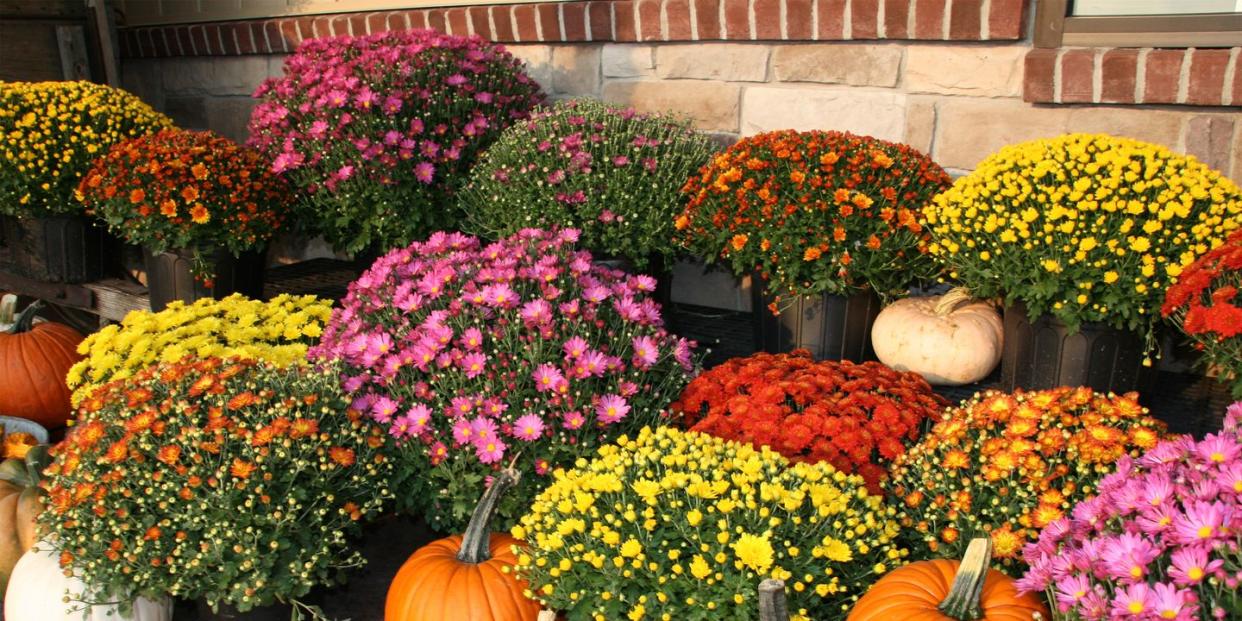
"Hearst Magazines and Yahoo may earn commission or revenue on some items through these links."
By the time your summer annuals, perennials and shrubs are winding down in your garden, chrysanthemums-- also called "mums" for short-- are ready to rock and roll! Mums offer fresh color and interest to your garden just when you need it most in autumn.
Mums are a must-have in any garden bed or container because they're inexpensive and available in many different hues from sunny yellow to pretty pink to deepest burgundy. Plus, the flowers can last for weeks. They also work well when displayed with other fun autumn decor such as colorful gourds, pumpkins, and cornstalks.
Here’s what you need to know to grow these pretty flowers that announce that fall has arrived:
What kinds of mums should you plant?
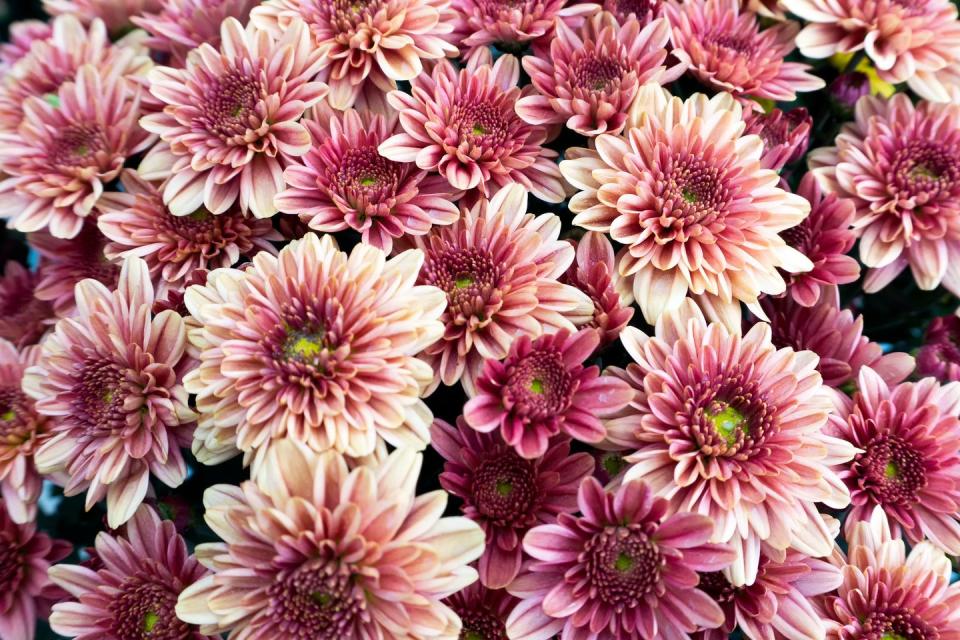
Mums are divided into two groups: Garden mums, also called hardy mums, which can be planted in zones 4 to 9; and florist mums, which are hardy in zones 7 to 9 but are treated as annuals in the rest of the country (check your zone here). They need full sun, which is at least six hours of direct sunlight per day.
Mums come in too many colors to count and a variety of heights, but they’re often roughly 2 feet wide by 2 feet tall. They typically bloom for a month or so. Deer and rodents usually leave them alone, as the foliage isn’t particularly tasty.
The best varieties to try:
Matchsticks (unusual petal shape)
Stacy Dazzling Orange (striking orange and red color)
Flamingo Pineapple Pink (unusual creamy-pink color)
Clara Curtis (pink flowers)
Stacy Dazzling Orange
Brilliant color and form
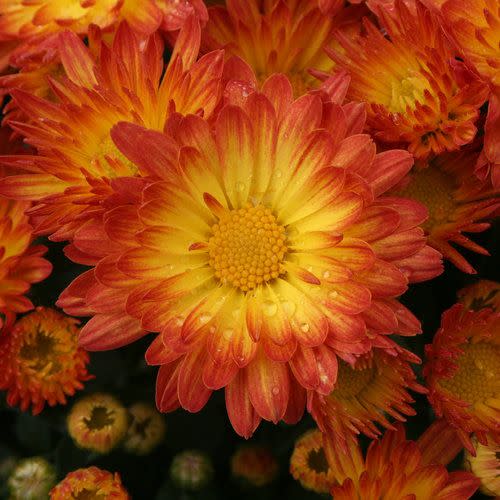
Stacy Dazzling Orange
$9.99
provenwinners.com
Bright Yellow
Eye-catching color
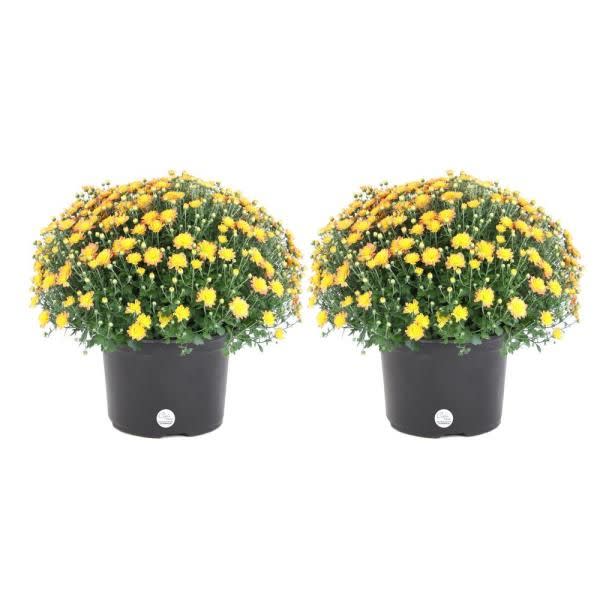
Bright Yellow
$27.89
homedepot.com
Clara Curtis
An old favorite
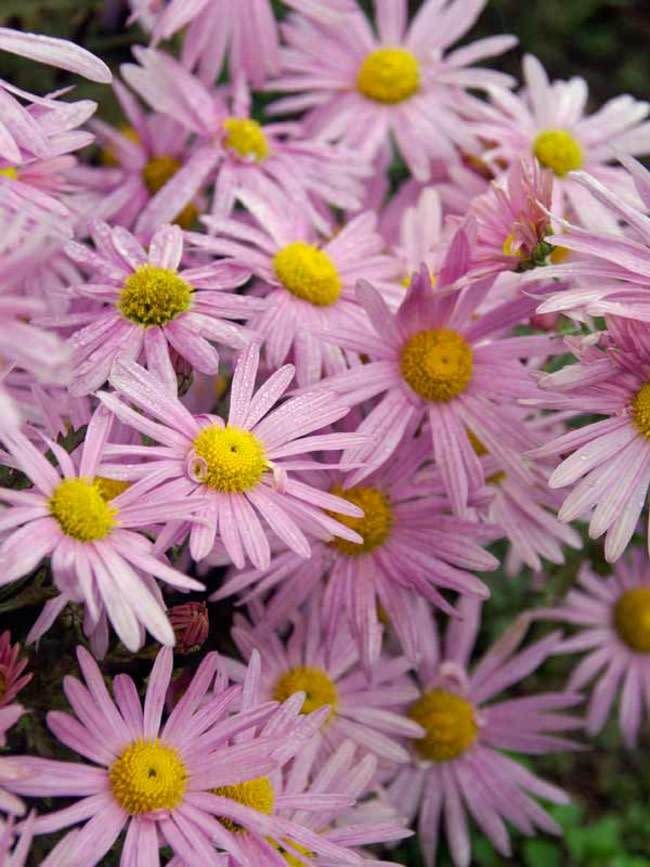
Clara Curtis
$8.95
bluestoneperennials.com
Where can I buy mums?
Almost anywhere in the fall! If you’re looking for an unusual variety or specific color, online retailers have a wider selection. Online retailers also sell them in fall for spring shipping so that you can plant them earlier in the season. Spring planting allows them to get established in the ground in time to survive the winter. That way, they have a better chance of coming back year after year.
When should I plant mums?
If you want mums to return in subsequent seasons, plant in spring. Although mums are considered perennials, they won’t always come back if planted in the fall. That’s because they’re putting all their energy into blooming, not building roots, says Meyer. You’ll sometimes get lucky, and they’ll reemerge next spring. But it’s basically up to Mother Nature! Buying plants in tight bud, rather than full bloom, may improve your odds. But otherwise, enjoy them for the season and replant next year.

How do I plant mums?
Dig a hole slightly larger than the pot, place the plant in the hole so that the entire root ball is flush with the top of the hole. Water well, and keep watered if you’re having a hot dry spell, which often happens in fall, says Meyer. Or plant in a decorative pot to enjoy for the season.
“It’s a good idea to repot so you can see where to water, as the plant is often much wider than the nursery pot it comes in,” says Meyer. Keep in mind that mums planted in the landscape probably won’t need watered as often as those in pots, which dry out faster.
How do I care for mums?
They’re actually carefree plants, which is another reason to love them. Basically, just enjoy the show! You won’t need to feed them if you’re planting in fall; but if greenery appears next spring, give the plant a slow-release granular fertilizer as you would any other perennial.
If your mum does return, “pinch” off the tips of the plants a few times anytime from late spring to early July in order to encourage branching so the plant is less likely to flop over. Don’t do it later than July or you’ll trim off buds. But no pressure if you don’t get around to it! They’ll be perfectly fine and will simply appear more sprawl-y and freeform in your garden.
Follow House Beautiful on Instagram.
At the end of the summer when your garden is looking ragged, chrysanthemums kick into high gear. “When a lot of other plants have faded, mums provide fresh color,” says Kerry Meyer, program director for Proven Winners. “They’re very popular plants because they’re generally inexpensive, they come in tons of colors, and their flowers can last a surprisingly long time.”
Here’s what you need to know to grow these pretty flowers that announce that fall has arrived:
What kinds of mums should you plant?
Mums are divided into two groups: Garden mums, also called hardy mums, which can be planted in zones 4 to 9; and florist mums, which are hardy in zones 7 to 9 but are treated as annuals in the rest of the country (check your zone here). They need full sun, which is at least six hours of direct sunlight per day. Mums come in too many colors to count and a variety of heights, but they’re often roughly 2 feet wide by 2 feet tall. They typically bloom for a month or so. Deer and rodents usually leave them alone as the foliage isn’t particularly tasty.
Varieties to try:
Matchsticks (unusual petal shape)
Stacy Dazzling Orange (striking orange and red color)
Flamingo Pineapple Pink (unusual creamy-pink color)
Clara Curtis (pink flowers)
Where can I buy mums?
Almost anywhere in the fall! If you’re looking for an unusual variety or specific color, online retailers have a wider selection. Online retailers also sell them in fall for spring shipping so that you can plant them earlier in the season. Spring planting allows them to get established in the ground in time to survive the winter.
When should I plant mums?
If you want mums to return in subsequent seasons, plant in spring. Although mums are considered perennials, they won’t always come back if planted in the fall. That’s because they’re putting all their energy into blooming, not building roots, says Meyer. You’ll sometimes get lucky, and they’ll reemerge next spring. But it’s basically up to Mother Nature! Buying plants in tight bud, rather than full bloom, may improve your odds. But otherwise, enjoy them for the season and replant next year.
How do I plant mums?
Dig a hole slightly larger than the pot, place the plant in the hole so that the entire root ball is flush with the top of the hole. Water well, and keep watered if you’re having a hot dry spell, which often happens in fall, says Kerry. Or plant in a decorative pot to enjoy for the season. “It’s a good idea to repot so you can see where to water as the plant is often much wider than the nursery pot it comes in,” says Meyer. Keep in mind that mums planted in the landscape probably won’t need watered as often as those in pots, which dry out faster.
How do I care for mums?
They’re actually carefree plants, which is another reason to love them. Basically, just enjoy the show! You won’t need to feed them if you’re planting in fall; but if greenery appears next spring, give the plant a slow-release granular fertilizer as you would any other perennial.
If your mum does return, “pinch” off the tips of the plants a few times anytime from late spring to early July in order to encourage branching so the plant is less likely to flop over. Don’t do it later than July or you’ll trim off buds. But no pressure if you don’t get around to it! They’ll be perfectly fine and will simply appear more sprawl-y and freeform in your garden.
You Might Also Like

